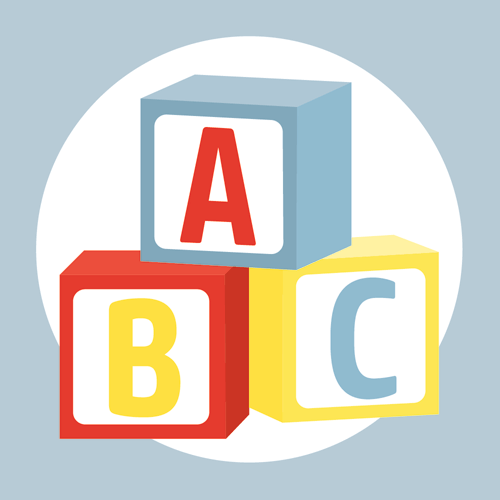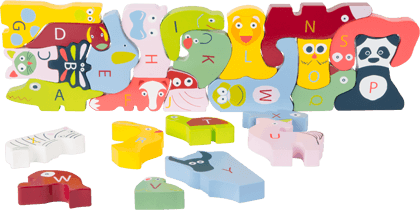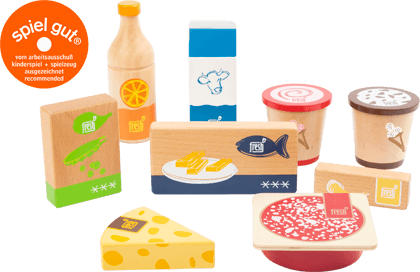Starting at age 5, you can take the next step in learning to read. What does this involve? It involves classifying books into different genres. For children, there are usually only 5 different genres which are important:
- Non-fiction books (real stories/facts about animals, places and people)
- Fantasy (made-up stories that couldn’t happen in real life: magic, talking animals, etc.)
- Realistic fiction (made-up stories that could happen in real life)
- ABC books
- Songbooks
In order to classify a book, children must summarise it in their heads and remember the details. They also have to recall other stories they’ve read, to compare those books with the book in question – and decide in which genre the book belongs.
This process only takes a matter of seconds, but brings many advantages. Your child will recapitulate the content of the book, puts the book in a larger context and improves their memory skills.




